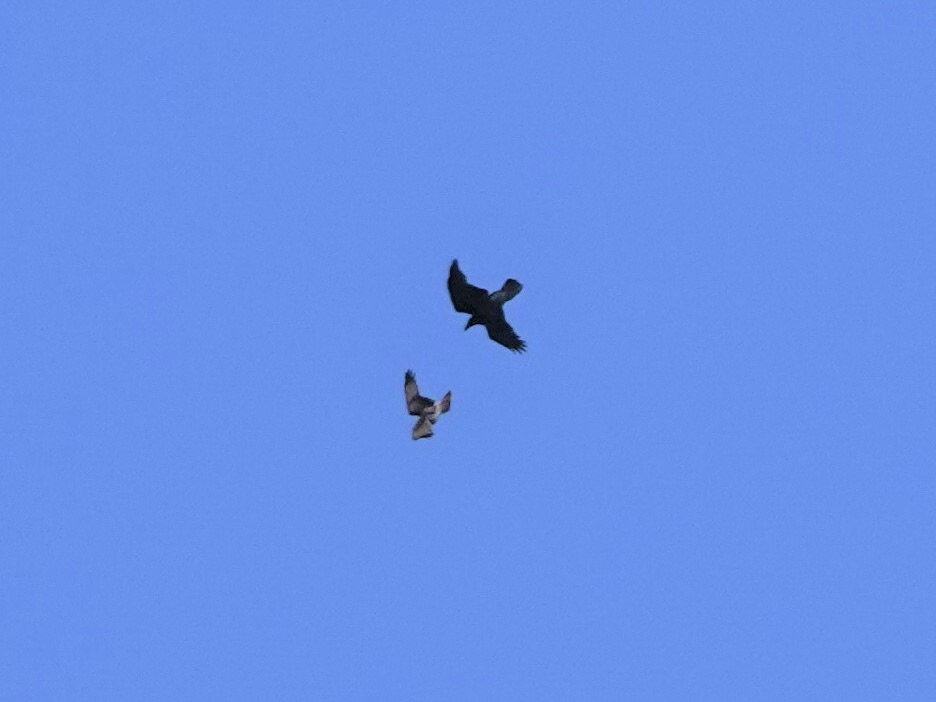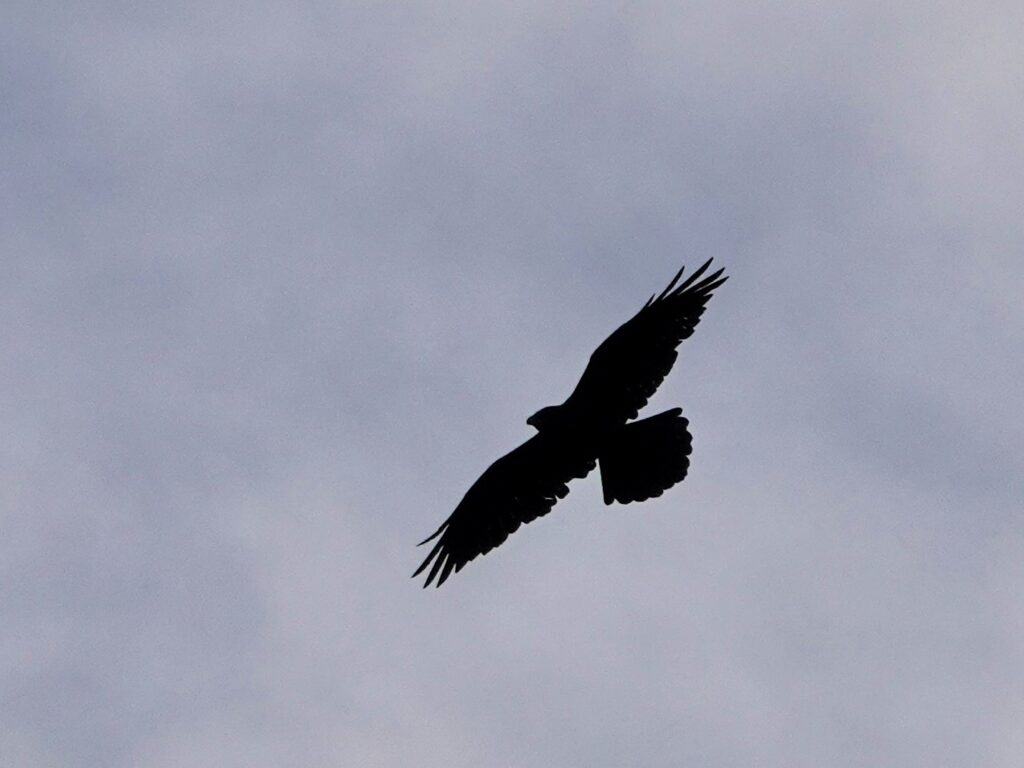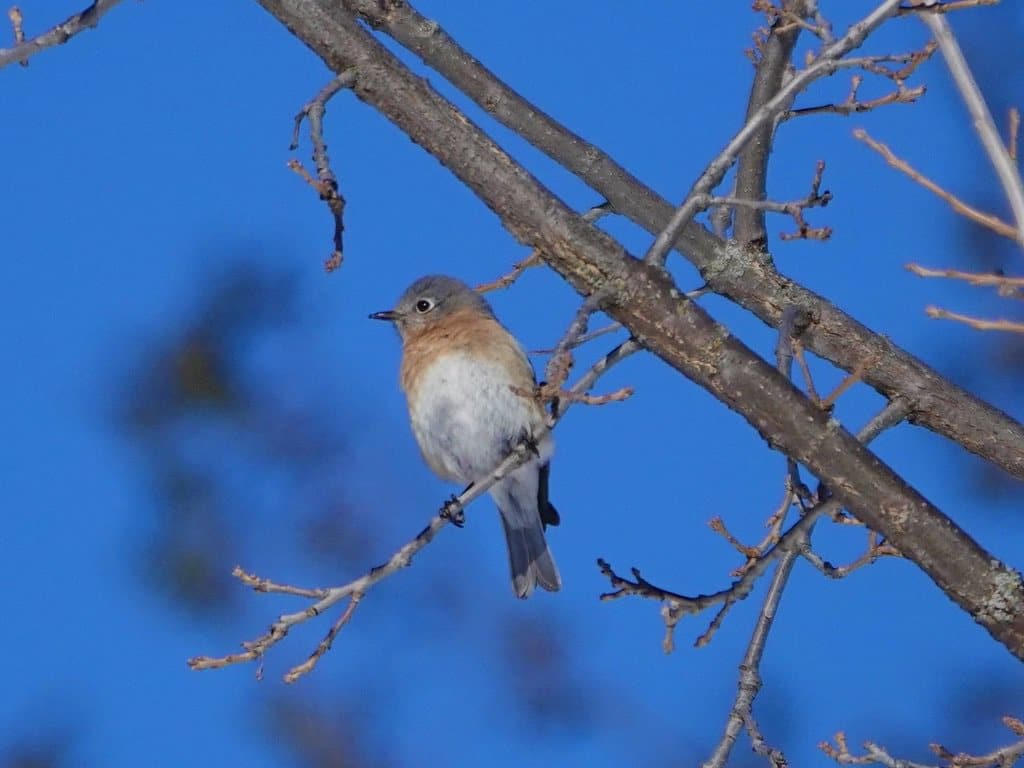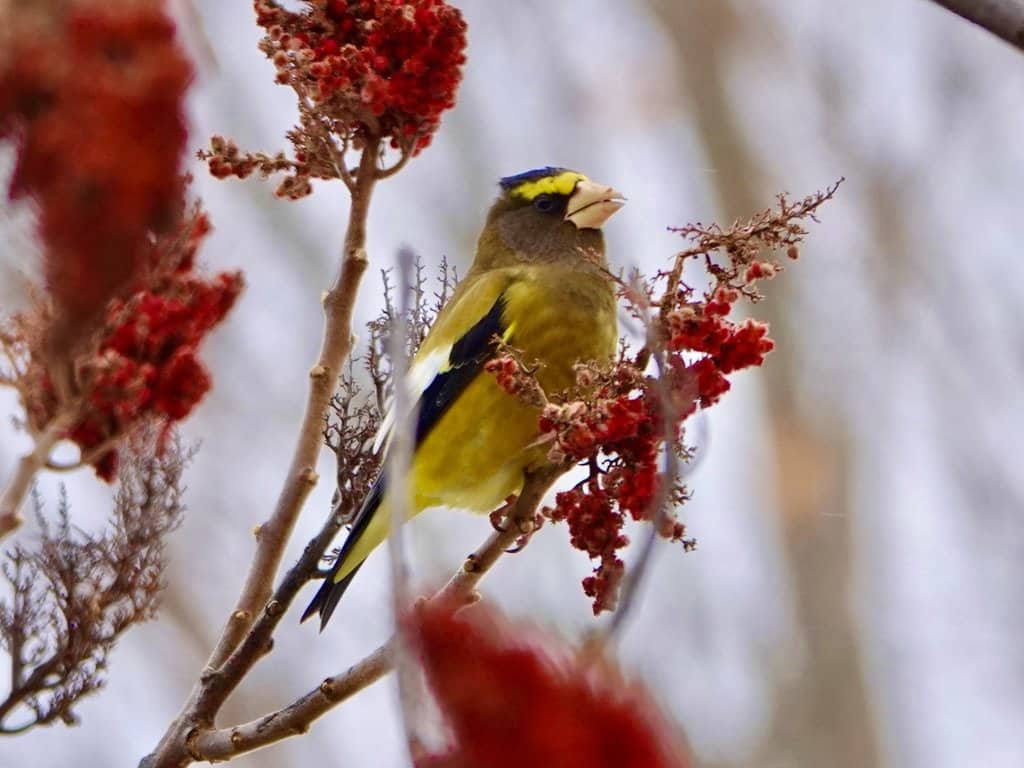Local Christmas counts provide a glimpse at the ups and downs of bird populations
Peterborough Examiner – January 13, 2023 – by Drew Monkman
How quickly winter bird numbers can change. Just a year ago, the forests, fields, and feeders of the Kawarthas were attracting large numbers of redpolls, crossbills, siskins, and goldfinches, but birds like bohemian waxwings were essentially absent. This year, the situation is almost the reverse. For winter finches in particular, a lack of wild food in central Ontario – especially tree seeds – means they’ve chosen to go elsewhere.
How do we know this? Every year, 100 or so local birders take a break from the holiday festivities to spend a day outside identifying and counting birds. Christmas Bird Counts (CBCs) are organized at the local level, often by a naturalist organization. The count area is a circle, measuring 24 kilometres in diameter. The circle is then sub-divided into sectors, each of which is covered by a different group of birders.
Two counts are held locally – one centered in Peterborough and one centered in Petroglyphs Provincial Park. About twice as many species and five times as many individual birds usually turn up on the Peterborough count, thanks mostly to the wider variety of habitat.
Christmas Bird Counts are held across North America and increasingly in Latin America. Last year, 2,621 counts took place of which 473 were in Canada. An impressive 2,554 species were tallied overall and 294 in Canada. The total number of individual birds was 42.9 million. In past decades, however, 60 to 100 million individual birds was the norm. Even more troubling, the number of counts and participants has doubled during this same time period.
Peterborough count
The 71st annual Peterborough Christmas Bird Count took place on December 18, 2022. According to count organizer Martin Parker of the Peterborough Field Naturalists, “It’s thanks to the efforts of the 101 participants in this year’s count that we were able to find a very respectable 65 different species.”
Although no new birds for the count were found, seven species were recorded in record numbers. Maybe the biggest story of the day was the 52 common ravens tallied. This shattered the previous record of 34 in 2020 and shows how quickly ravens are expanding their range southward. As eastern forests were cut down in the 19th and 20th centuries, ravens disappeared from much of eastern North America. They are now quickly returning as forest cover regenerates in many areas. They also tend to do well around people.


Also notable were record high numbers of trumpeter swans (13 vs. the previous high of 6 in 2021), Cooper’s hawks (15 vs. 12 in 2017), merlins (4 vs. 3 in 2020), mourning doves (1,376 vs. 1,356 in 2020), red-bellied woodpeckers (27 vs. 25 in 2022), and European starlings (4,155 vs. 3,400 in 2011). The 1,758 bohemian waxwings counted was only a few hundred short of the previous high.
Three species showed up on the count for only the second time ever. They included a brown thrasher, a green-winged teal, and 4 eastern bluebirds. The latter can be found most winters in the Rice Lake area but had only turned up once before (2016) on the Peterborough count.
As for low numbers, only 269 house sparrows were counted. Compare this to the 2209 found in 1981. Also of concern was the near total absence of snow buntings. The three birds observed is a far cry from the 1,683 recorded in 1989. Christmas Bird Count data show a 64% decline in North American populations over the past 40 years.

Peterborough totals
The species totals for the Peterborough count are as follows: Canada goose (685), trumpeter swan (13), American black duck (13), mallard (1054), mallard (domestic type) (1), green-winged teal (1), bufflehead (5), common goldeneye (106), hooded merganser (5), common merganser (39), ruffed grouse (14), wild turkey (229), golden eagle (count week), northern harrier (1), sharp-shinned hawk (7), Cooper’s hawk (16), bald eagle (4), red-tailed hawk (36), ring-billed gull (76), herring gull (402), lesser black-backed gull (count week), glaucous gull (1), great black-backed gull (1), rock pigeon (1809), mourning dove (1416), eastern screech-owl (7), great horned owl (9), barred owl (2), northern saw-whet owl (1), belted kingfisher (2), red-bellied woodpecker (27), downy woodpecker (135), hairy woodpecker (82), northern flicker (2), pileated woodpecker (18), American kestrel (6), merlin (4), peregrine falcon (1), northern shrike (6), blue jay (435), American crow (572), common raven (55), black-capped chickadee (2192), red-breasted nuthatch (43), white-breasted nuthatch (246), brown creeper (20), winter wren (1), golden-crowned kinglet (5), eastern bluebird (4), American robin (528), brown thrasher (1), European starling (4194), bohemian waxwing (1758), cedar waxwing (213), snow bunting (3), American tree sparrow (597), dark-eyed junco (776), white-throated sparrow (5), song sparrow (5), swamp sparrow (2), northern cardinal (273), red-winged blackbird (2), pine grosbeak (52), house finch (173), purple finch (1), common redpoll (3), American goldfinch (652), house sparrow (269). Total species: 65, Total individuals: 19,393
Petroglyph Count
The 36th Petroglyph Christmas Bird Count took place on January 5 under mild and often foggy conditions. “Overall, it was very quiet day bird-wise as there was very little natural food. We had to work hard to detect the birds. This meant doing lots of pishing, squeaking and imitating owl calls to draw the birds in,” said count organizer, Colin Jones.
The 37 participants found 31 species which was slightly below average. The number of individual birds counted (1,728) was below average, too, and less than half the number found last year. The only notable species this year were a single black-backed woodpecker (once an annually detected bird), 3 winter wrens, and 8 bohemian waxwings. Also of note was the scarcity of blue jays. Only 25 were tallied which was close to an all-time low.
As for winter finches, only evening grosbeaks (183) showed up in any numbers. Although grosbeak numbers were above average, the number of American goldfinches (53) was much lower than usual. A lack of seeds on birch trees probably explains their scarcity this year.
The northern shrike and Canada jay were two species noteworthy for their absence. Shrikes used to be recorded most years but have only shown up five times since 2012. The same goes for the Canada jay. As its range retreats northward from a warming climate, this once-annual species has only been recorded on four occasions in the past 10 years. Several count participants were reminded about climate change when they actually found a spring peeper on the snow!

Petroglyph totals
The species totals for the Petroglyph Count are as follows: ruffed grouse 11, wild turkey (31), rock pigeon (29), mourning dove (8), bald eagle (4), barred owl (2), black-backed woodpecker (1), downy woodpecker (29), hairy woodpecker (34), pileated woodpecker (15), blue jay (25), American crow (6), common raven (77), black-capped chickadee (806), red-breasted nuthatch (132), white-breasted nuthatch (92), brown creeper (15), winter wren (3), golden-crowned kinglet (56), European starling (19), bohemian waxwing (8), evening grosbeak (183), pine grosbeak (18), common redpoll (37), red crossbill (1), white-winged crossbill (1), pine siskin (135), American goldfinch (53), snow bunting (1), American tree sparrow (21), and dark-eyed junco (4), northern cardinal (1) Total species: 31, Total individuals: 1,728
CLIMATE CHAOS UPDATE
Hope: Although 2022 was devastating in so many ways, many of the leading voices in the climate community are marking the new year with an unaccustomed tone in their online commentaries: Hope. U.S. climate analyst Dr. Leah Stokes said history may look back at 2022 as the inflection point that brought us back toward climate stabilization. And she’s not alone. Easily a half-dozen or more year-end analyses traced 12 conflicted, deeply difficult months that still delivered major gains on climate, energy, and nature and species protection. See https://tinyurl.com/48veyu2m
Events: On January 9, student activist Kaia Douglas was the guest speaker at 4RG Meets. Her excellent talk was entitled “Reflections on the COP 15 UN Biodiversity Conference: Land, Power, Mythologies and Love”. To see a recording of the presentation, go to https://tinyurl.com/f6adfntm
Carbon dioxide: The atmospheric CO2 average for Jan. 9, 2023 was 419.17 parts per million (ppm), compared to 417.81 ppm a year ago. Rising CO2 means more climate chaos and increasingly severe storms ahead.